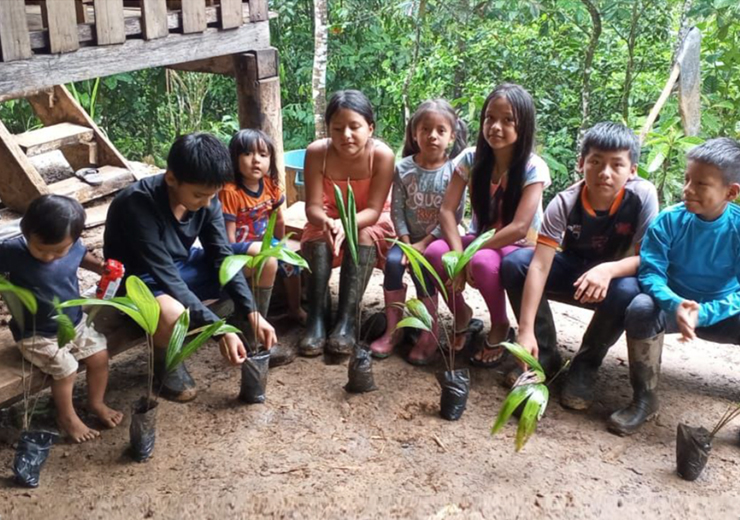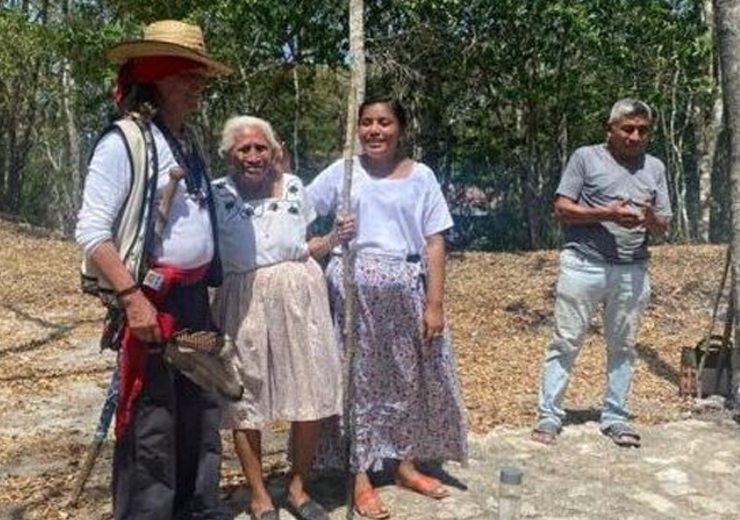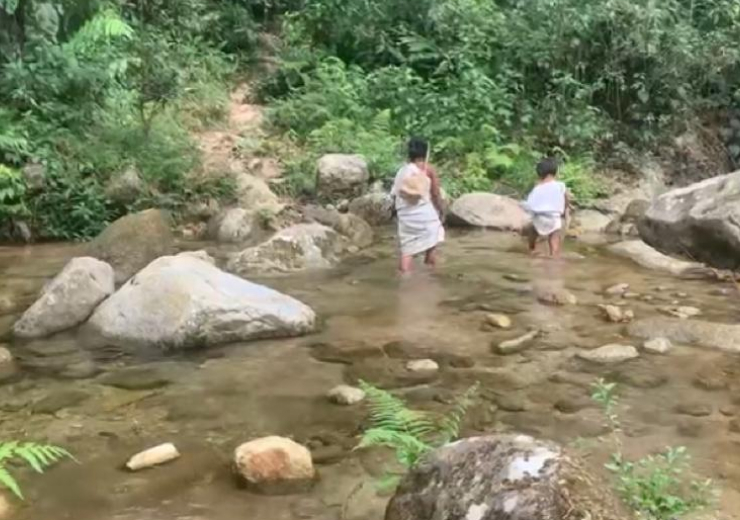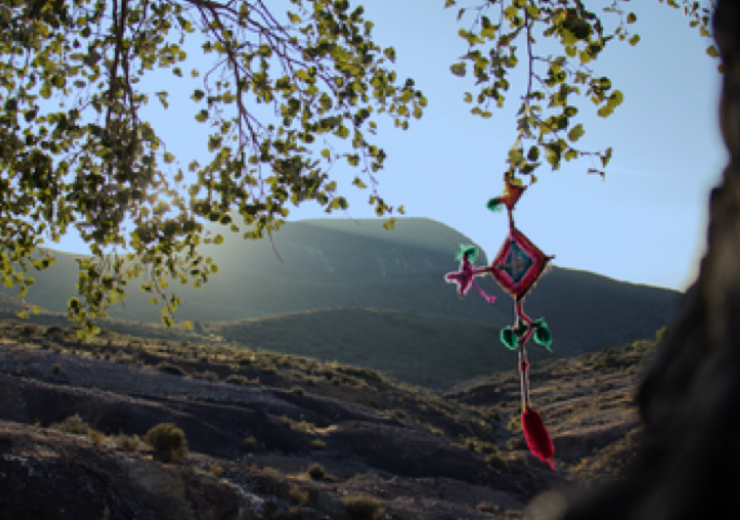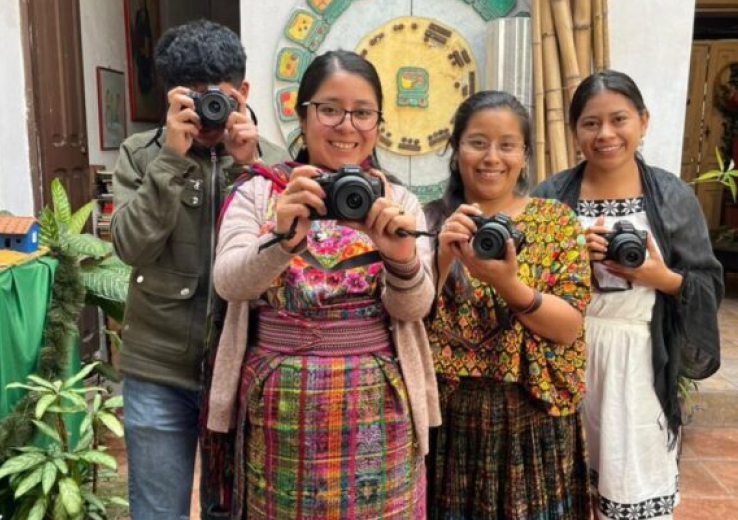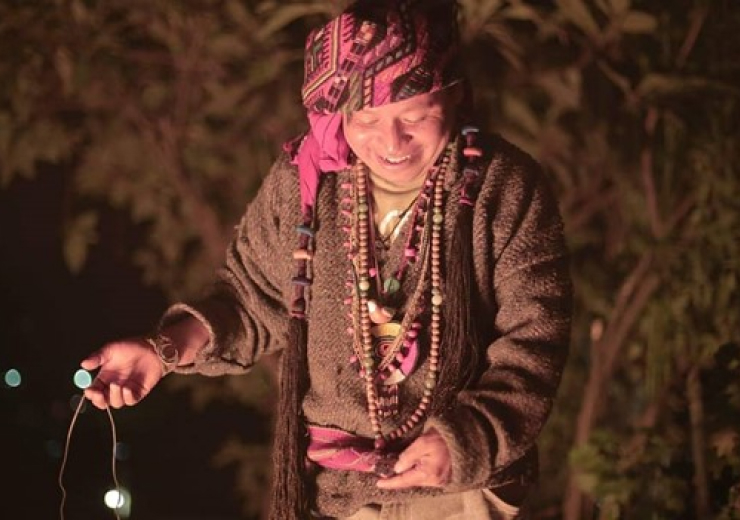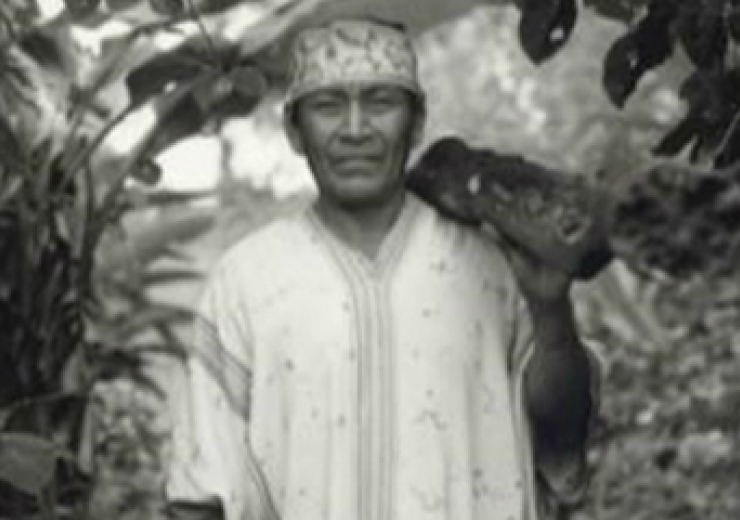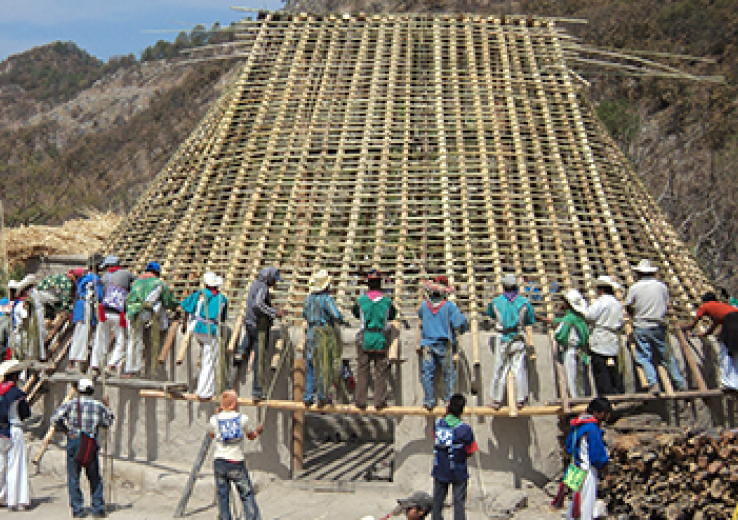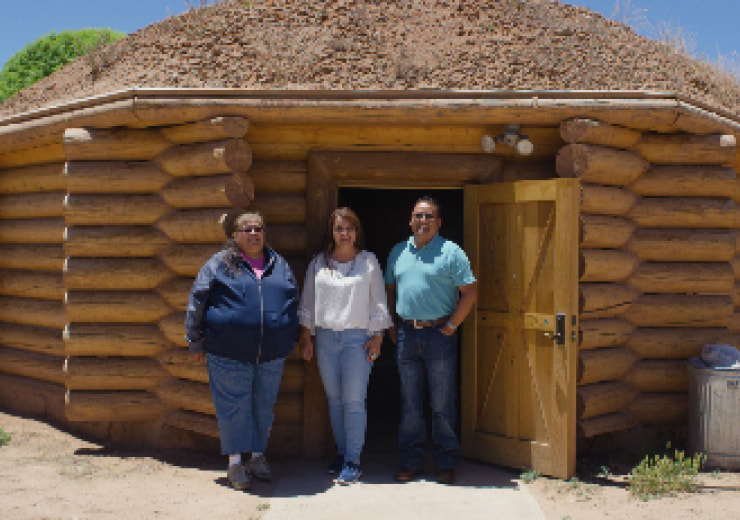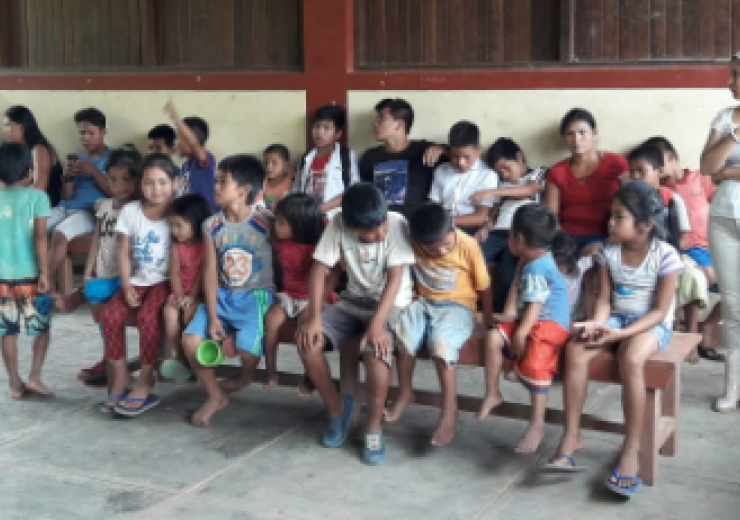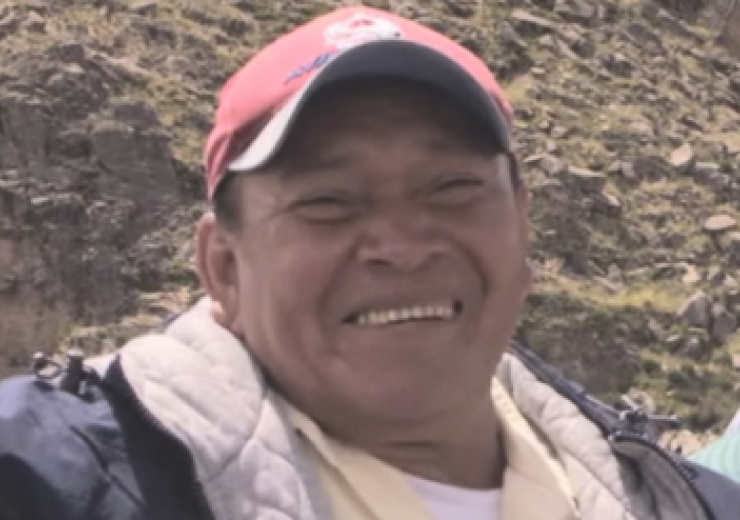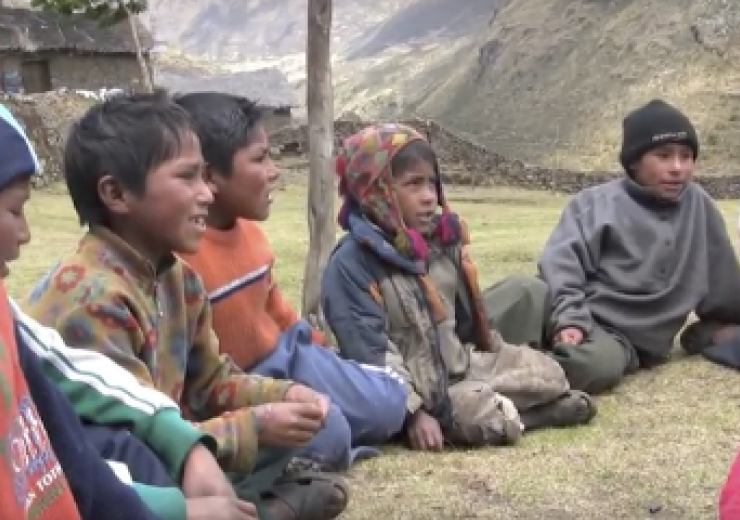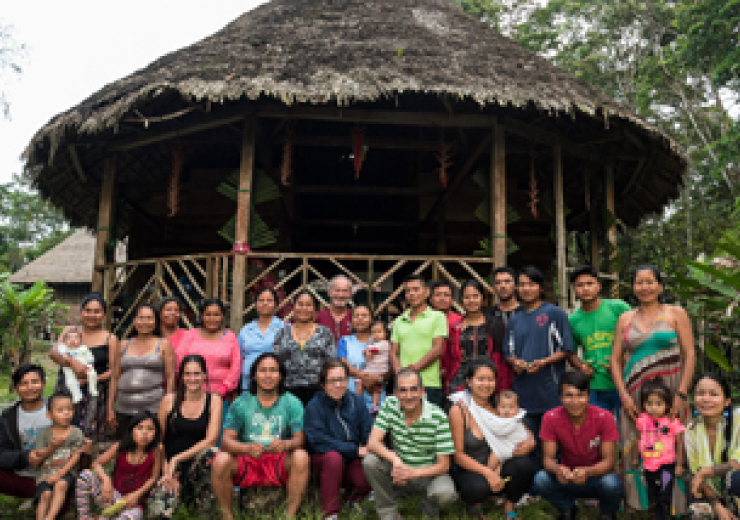
Projects
We support projects that are conceived, implemented, and led by the Indigenous communities that they directly benefit.
Preserving Sarayaku Ancestral Wisdom
Sarayaku, Ecuador
Since October of last year, the Center for Shamanic Education and Exchange has partnered with Jose Luis Gualinga and the Sarakayu in Ecuador in their efforts to […]
Revitalization of the Itzá Language and Culture
Peten, Guatemala
The Luum Aj'Kim project, outlined by Marlon García Arriaga, is a comprehensive initiative aimed at preserving and revitalizing the culture, language, and traditional healing practices of the […]
Preserving Indigenous, Spritual Midwifery
Sierra Nevada de Santa Marta, Colombia
The Center for Shamanic Education and Exchange is supporting a new project in Colombia that works to preserve the indigenous wisdom of midwifery. At a gathering of […]
Real de Catorce
Real de Catorce, San Luis Potosi, Mexico
The Center for Shamanic Education and Exchange has worked for many years in cooperation with the Wixaritari people in the Real de Catorce area of Mexico. Real […]
Saq Be’, Guatemalan Apprenticeship Program
Guatemala
CSEE is funding Saq’ Be’s newly launched apprenticeship program that is pairing youth with community elders to learn ancestral wisdom, which includes recording of songs, documenting the […]
Saq Be’ Medicinal Garden Project
Chichicastenango, Guatemala
Saq' Be' (pronounced Sock Bay) is an organization for Mayan and Indigenous spiritual studies that was formed at the turn of the 21st century at the request […]
Kurin Metsa School of Shamanism
San Francisco, Yarinachoca, Peru
Enrique Flores Sinuiri, an elder Onanya (Shaman) has begun a training program called the Kirin Metsa School of Shamanism.
Wixarika (Huichol) Temple Restoration Project
Las Latas, Jalisco, Mexico
The Temple project seeks to restore the traditional integrity of sacred ceremonial centers
Navajo Ceremony Project
Navajo Nation
The Navajo Project measures the effects of Diné Ceremony on patients with depression.
Shipibo Student Project
San Francisco, Yarinachoca, Peru
The Center for Shamanic Education & Exchange (CSEE) has been supporting the university-level education of young members of the Shipibo for the past seven years, mentoring the […]
Cultural Exchange Project
Andes, Peru
For the Shipibo tribe of the Amazon jungle, the word Inca refers to their ancient ancestors, and according to Shipibo legend, many of their cultural traditions and […]
Q’ero School Construction Project
Paucartambo, Andes, Peru
The Q’ero are a Quechua speaking tribe from the central mountains of Peru.
Sacha Warmi Project
Pastaza, Ecuador
“In the indigenous world, traditions teach that to “live well” one must value the knowledge and wisdom of the elderly, as well as maintain a respectful and […]
